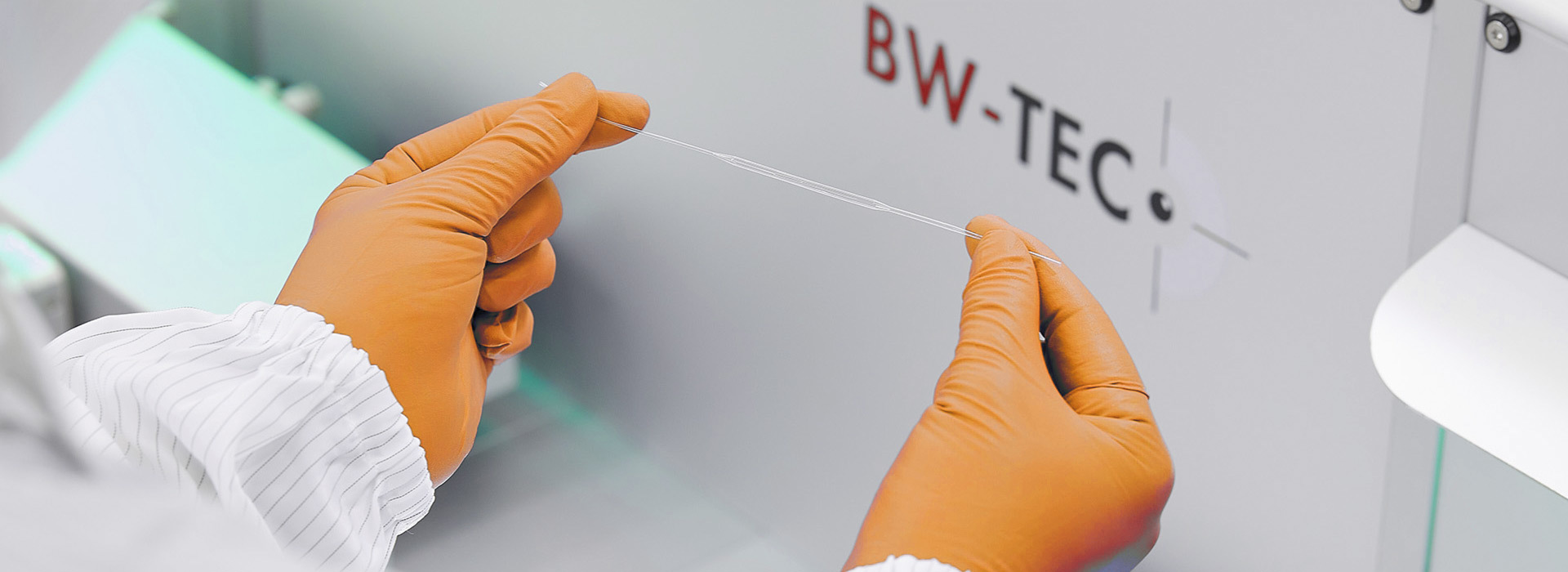Infectious disease
Infectious disease testing and diagnosis is the process of identifying and confirming pathogens, which is crucial for controlling the spread of diseases. It includes clinical symptom assessment, laboratory tests (such as blood, urine, and sputum analysis), among others. Accurate diagnosis aids in timely treatment, prevents the spread of epidemics, and protects public health. Additionally, it helps understand the epidemiological trends of diseases, guiding vaccine development and public health policy formulation. Therefore, infectious disease testing and diagnosis hold significant importance in the fields of medicine and public health.
HIV - P24
When the HIV virus invades the human body, it stimulates the immune system to produce specific HIV antigens. HIV antibody testing, also known as serological testing, is a routine method for assessing the presence of HIV antibodies in an individual's blood. Commonly used HIV antibody testing techniques include Enzyme-Linked Immunosorbent Assay (ELISA), chemiluminescent immunoassay, immunofluorescence assay, and immunochromatographic tests.
View moreSyphilis (TP)
Syphilis is a chronic and systemic sexually transmitted disease caused by the pale spirochete (i.e., Treponema pallidum), primarily transmitted through sexual contact. Syphilis can be divided into different stages, including primary, secondary, tertiary, latent syphilis, and congenital syphilis (also known as fetal transmission syphilis). This disease is unique to humans, and both symptomatic and asymptomatic patients can transmit it. Syphilis patients have the spirochete present in their skin lesions, secretions, and blood. Additionally, the spirochete can be transmitted to the fetus through the placenta, and the risk of transmitting syphilis to the fetus is higher for pregnant women in the early stages of the disease.
View moreHepatitis B (HBV) - sAg
HBsAg is a marker of HBV infection, indicating the presence of the virus. Quantitative detection monitors changes in the condition and is strongly positively correlated with HBV DNA. The level of HBsAg reflects viral replication and infectivity. In HBeAg positive carriers, high levels of HBsAg and HBV DNA indicate active replication. HBsAg testing is used for diagnosis, monitoring disease progression, assessing treatment response, and evaluating the efficacy of new drugs.
View moreHepatitis B (HBV) - core Ab
HBcAb is a specific antibody produced against HBcAg. After HBV infection, the human body produces IgM and IgG. IgM appears in the early stages of infection and is used to diagnose acute hepatitis B. During the chronic phase, IgM disappears, and HBcAb remains in the blood. Testing for HBcAb helps in diagnosing chronic hepatitis B.
View moreHepatitis B (HBV) - PreS1
The PreS1 antigen is located on the surface of Dane particles and tubular particles, exhibiting hydrophilicity and immunogenicity. Its peptide segment 21-47 is a key binding site for HBV to liver cells, which is crucial for HBV attachment and invasion of liver cells. The presence of PreS1 antigen in serum indicates the presence of HBV. It is only found in infectious HBV particles and is highly consistent with HBV-DNA and HBeAg tests, making it a useful supplementary test. PreS1 antigen testing helps assess the prognosis of hepatitis B and the efficacy of treatment, especially in HBeAg-negative patients, where high levels of PreS1 antigen may suggest the need for antiviral therapy.
View moreHepatitis B (HBV) - eAg
HBeAg is a part of the HBV core antigen and reflects the activity of viral replication. A positive result indicates active HBV replication and high infectivity. The disappearance of HBeAg and the appearance of anti-HBe usually indicate an improvement in the condition, but it does not necessarily mean non-infectivity. In acute hepatitis B, HBeAg may be briefly positive, and persistent positivity may progress to chronic infection. HBeAg testing is used for diagnosing HBV infection, monitoring disease progression, assessing treatment effectiveness, and evaluating the efficacy of new drugs.
View moreHepatitis C (HCV)
Hepatitis C, abbreviated as HCV, is a viral liver disease caused by the hepatitis C virus (HCV). This disease is primarily transmitted through blood transfusions, needle injuries, and drug abuse.
View moreHand-foot-and-mouth disease (EV71) - IgM
The EV71 type virus of hand, foot, and mouth disease is an infectious disease caused by enteroviruses. This disease primarily affects infants and young children, but adults can also be at risk of infection.
View moreEB virus (EBV) - IgA
The Epstein-Barr virus (EBV) is a DNA virus that belongs to the herpesvirus family, characterized by its biological property of specifically infecting human and certain primate B cells both in vivo and in vitro. Laboratory testing for EBV mainly includes the detection of different targets such as EBNA1, VCA, and ZTA.
View moreRespiratory Syncytial Virus (RSV)
Respiratory Syncytial Virus (RSV) is an RNA virus belonging to the Paramyxoviridae family and is one of the main pathogens causing lower respiratory tract infections in infants and young children. The RSV viral particles consist of a nucleocapsid enveloped in a double lipid layer derived from the host membrane, containing fusion proteins (F) among others. The RSV genome is composed of single-stranded negative-sense RNA with 10 open reading frames (ORFs), encoding 11 structural and non-structural proteins.
View moreNovel Coronavirus (2019-nCoV)
The N protein is highly conserved among different SARS-CoV-2 strains and has good immunogenicity. It is the structural protein expressed at the highest levels after the virus infects cells. The N protein is relatively more stable and has higher immunogenicity compared to the S protein. Therefore, the N protein is a necessary complement for nucleic acid testing of the novel coronavirus and serves as a good biomarker for detection. Our company's raw materials can specifically and efficiently detect N protein antigens, with strong interference resistance and stable batch-to-batch consistency.
View more



![[object Object] [object Object]](https://omo-oss-image.thefastimg.com/portal-saas/pg2024090413392841245/cms/image/2041f940-5fc8-4862-bde7-e70d4a090c2b.jpg) Pairing 1
Pairing 1